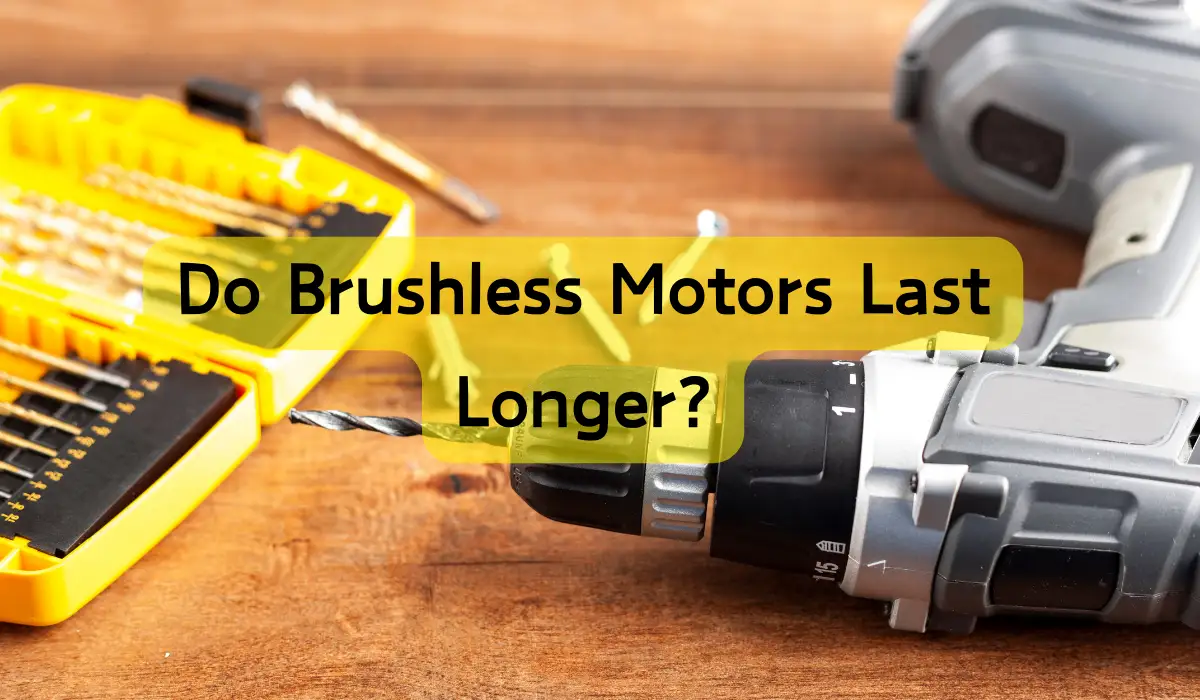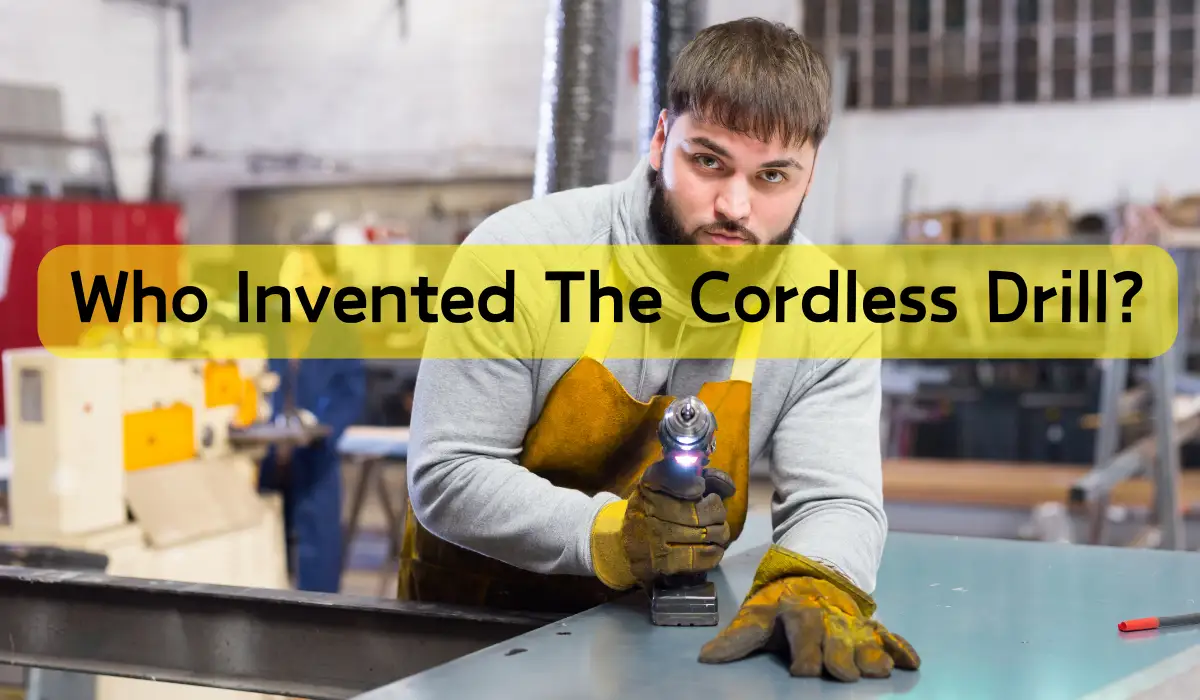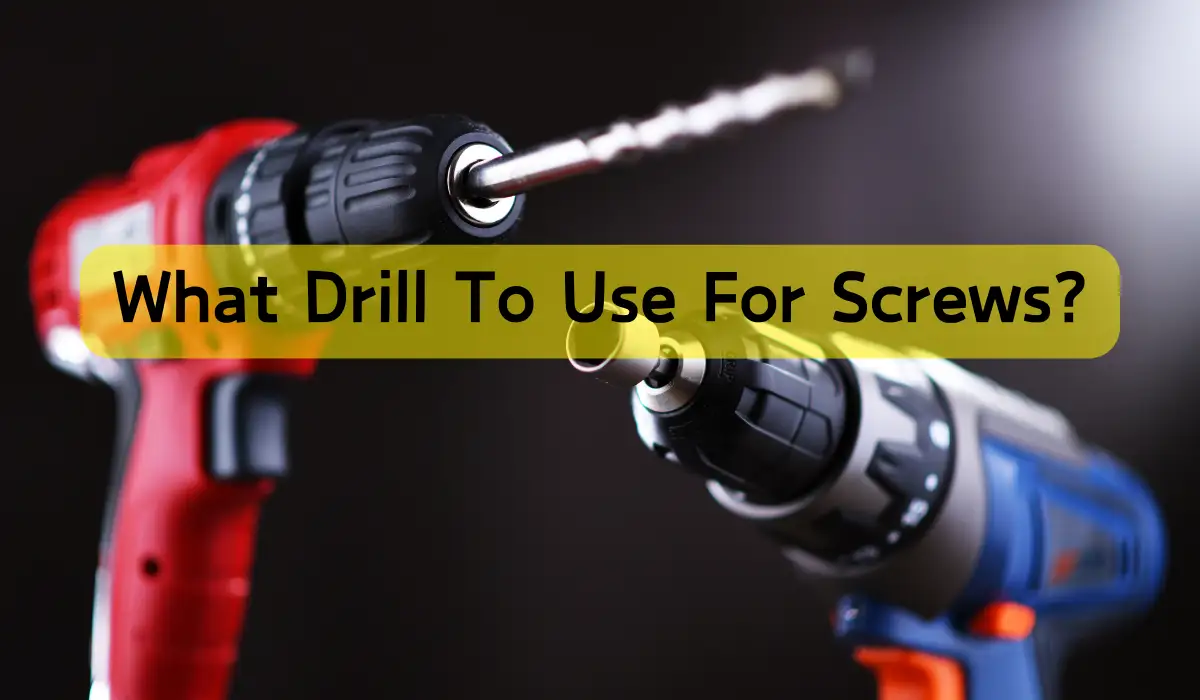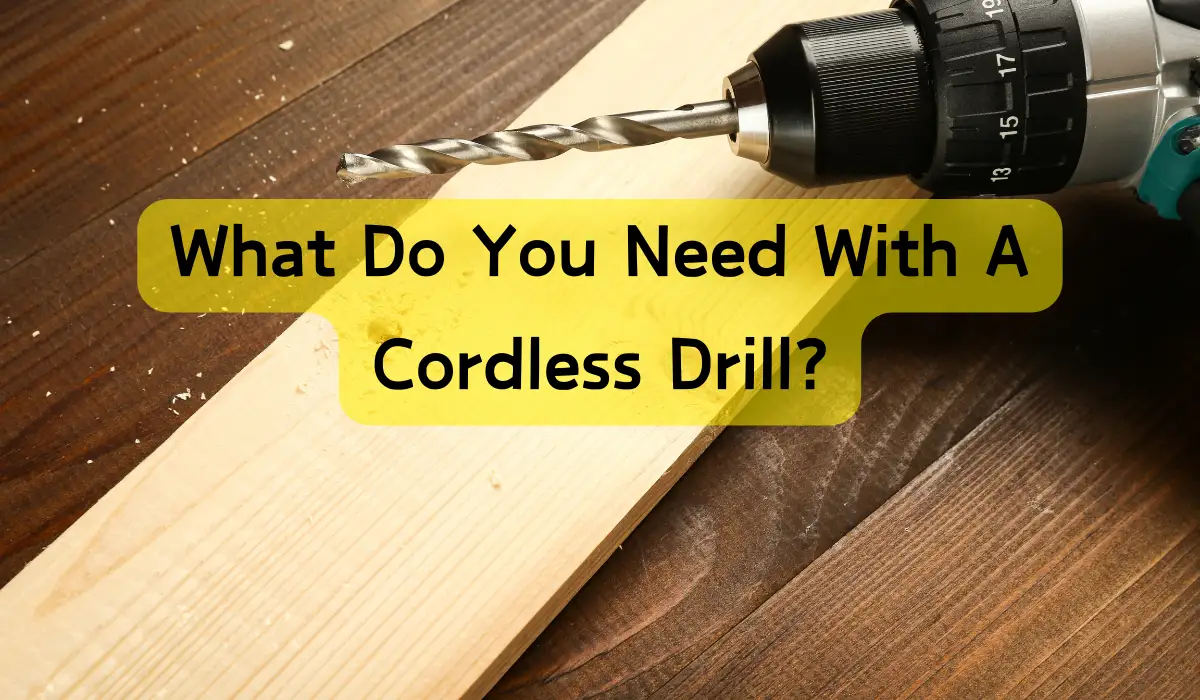You can expect a brushless motor to last substantially longer than a traditional brushed motor, thanks to its design advantages that eliminate the primary cause of motor wear and tear. With fewer moving parts, brushless motors reduce wear and tear, operate at higher speeds without overheating, and withstand harsh environments. They also require minimal maintenance and are less prone to motor burnout. With a longer lifespan, you’ll enjoy reduced downtime and increased productivity. As you explore the benefits of brushless motors, you’ll discover how their efficiency and reliability can transform your operations.
Jump to
Key Takeaways
• Brushless motors eliminate the primary cause of motor wear and tear, allowing for a longer lifespan compared to brushed motors.
• Fewer moving parts in brushless motors reduce wear and tear, leading to a longer motor lifespan and fewer repairs.
• Brushless motors operate at higher speeds and temperatures without overheating, reducing the risk of motor burnout and increasing lifespan.
• The reduced friction in brushless motors means less heat buildup, minimizing the risk of motor failure and extending lifespan.
• With fewer repairs and replacements, brushless motors require less maintenance, reducing downtime and increasing overall productivity.
Brushless Motor Design Advantages
By eliminating brushes, brushless motors overcome the primary cause of motor wear and tear, allowing them to last substantially longer than their brushed counterparts.
This design advantage is a game-changer, as brushes are prone to wear out quickly, causing motor failure. Without brushes, you don’t have to worry about replacing them, which reduces maintenance costs and downtime.
Another significant advantage of brushless motors is their ability to operate at higher speeds and temperatures without overheating.
This is because they don’t have brushes that can overheat and cause damage. As a result, you can push your motor harder and longer without worrying about it burning out.
Additionally, brushless motors are more resistant to dust and moisture, making them ideal for harsh environments.
This means you can use them in a variety of applications, from industrial settings to outdoor environments, without worrying about their reliability.
Fewer Moving Parts, Less Wear
With fewer moving parts, you’ll experience less wear and tear on your motor, as there’s simply less that can go wrong. This design advantage translates to a longer motor lifespan. When there are fewer components, there’s less opportunity for mechanical failure.
You’ll see reduced friction, which means less heat buildup and a lower risk of overheating. This, in turn, reduces the likelihood of motor burnout.
Fewer moving parts also mean less vibration, which can cause motor fatigue over time. With a brushless motor, you can expect smoother operation and reduced motor noise.
This is especially important in applications where motor reliability is critical, such as in industrial or aerospace environments. By minimizing the number of moving parts, brushless motors are better equipped to withstand the demands of heavy use.
As a result, you can expect a longer, more reliable performance from your motor. With fewer parts to replace or repair, you’ll enjoy added convenience and cost savings over the motor’s lifespan.
Reduced Maintenance Requirements
You’ll spend less time and money on maintenance with a brushless motor, as it requires fewer repairs and replacements compared to its brushed counterpart.
This is because brushless motors don’t have brushes that wear out over time, eliminating the need for frequent brush replacements. Additionally, the absence of brushes reduces the risk of electrical sparks, which can cause damage to the motor’s internal components.
As a result, you’ll experience fewer motor failures and shutdowns, reducing downtime and increasing productivity.
You’ll also save money on maintenance costs, as you won’t need to purchase replacement brushes or pay for labor to install them. Moreover, the reduced risk of electrical sparks minimizes the chance of a motor fire, ensuring a safer working environment.
Increased Efficiency, Longer Life
As you reduce maintenance requirements, you can also expect brushless motors to operate more efficiently, generating less heat and vibration, which directly contributes to their longer lifespan.
This increased efficiency leads to a significant reduction in wear and tear on the motor’s internal components.
With less energy wasted as heat, the motor’s overall performance improves, allowing it to run cooler and quieter.
This, in turn, reduces the stress on the motor’s bearings and windings, further extending its lifespan.
Additionally, the reduced vibration minimizes the risk of mechanical failure, ensuring the motor runs smoothly and reliably over an extended period.
By minimizing energy losses and reducing the motor’s thermal stress, you can expect brushless motors to last longer and provide reliable service for years to come.
With their efficient design and operation, brushless motors are an attractive option for applications where reliability and longevity are vital.
Quality of Construction Matters
The quality of construction in brushless motors is paramount, and a well-built motor can make all the difference in its performance and lifespan.
When you invest in a high-quality brushless motor, you’re investing in a product that’s built to last. The materials used, the design, and the craftsmanship all play a vital role in determining how long your motor will last.
A well-constructed motor will be able to withstand the rigors of regular use, handling high temperatures, vibrations, and other stresses without breaking down.
You’ll notice the difference in the motor’s performance, too. A high-quality motor will run smoother, quieter, and more efficiently, which translates to increased productivity and reduced downtime.
On the other hand, a poorly constructed motor will struggle to perform, leading to reduced lifespan and increased maintenance costs.
So, when shopping for a brushless motor, don’t skimp on quality. Look for motors from reputable manufacturers that use high-quality materials and have a proven track record of building durable products.
Your investment will pay off in the long run.
Environmental Factors at Play
Operating conditions can be brutal, and environmental factors like extreme temperatures, humidity, and physical stressors can substantially impact your brushless motor’s lifespan.
You might be surprised at how much these factors can affect your motor’s performance and longevity. For instance, extreme heat can cause the motor’s components to degrade faster, while excessive humidity can lead to corrosion and premature wear.
Physical stressors like vibration, shock, and impact can also take a toll on your motor’s internal components, causing them to fail prematurely.
If you’re operating your brushless motor in a harsh environment, you’ll want to take extra precautions to protect it.
This might involve installing heat sinks or cooling systems to regulate temperature, using waterproof coatings or sealants to prevent moisture damage, or even designing custom mounts or enclosures to absorb shocks and vibrations.
Usage Patterns and Lifespan
You can substantially extend your brushless motor’s lifespan by adopting ideal usage patterns, which can be just as important as controlling environmental factors. By understanding how you use your motor, you can make adjustments to minimize wear and tear.
Here are some key considerations to keep in mind:
| Good Practice | Bad Practice |
|---|---|
| Gradual acceleration: Avoid sudden starts and stops to reduce mechanical stress. | Abrupt acceleration: Sudden starts and stops can cause excessive wear on bearings and windings. |
| Moderate temperatures: Keep your motor within a safe operating temperature range to prevent overheating. | Extreme temperatures: Operating at extremely high or low temperatures can reduce motor lifespan. |
| Regular maintenance: Perform routine checks and maintenance tasks to identify potential issues early. | Neglect: Failing to perform regular maintenance can lead to premature motor failure. |
Brushed Motors, A Different Story
Fewer than 5% of modern motorized devices still rely on brushed motors, which are fundamentally different from their brushless counterparts in terms of design, functionality, and lifespan.
As you explore the world of motors, you’ll notice that brushed motors have some distinct characteristics that set them apart.
Some key differences to keep in mind:
- Limited lifespan: Brushed motors have a relatively short lifespan due to the wear and tear of the brushes, which can lead to motor failure.
- Higher maintenance: Brushed motors require regular maintenance to replace worn-out brushes and clean the commutator.
- Noise and vibration: Brushed motors tend to produce more noise and vibration due to the mechanical commutation process.
- Lower efficiency: Brushed motors are generally less efficient than brushless motors, converting more energy into heat rather than useful work.
- Simpler design: Brushed motors have a simpler design, making them easier to manufacture and repair.
Keep in mind that these differences have a significant impact on the overall performance and lifespan of brushed motors compared to their brushless counterparts.
Real-World Applications and Results
As you explore the real-world implications of brushless motors, it’s clear that their advantages play out in various industries, from industrial automation to electric vehicles, where reliability and efficiency are paramount.
You’ll find them in applications that require high-torque density, low maintenance, and long lifespan.
For instance, in industrial automation, brushless motors power conveyor systems, pumps, and compressors, ensuring continuous production lines and minimizing downtime.
In electric vehicles, they provide the necessary torque and efficiency to maximize range and performance.
You’ll also find them in medical devices, such as ventilators and dialysis machines, where precision and reliability are critical.
The results are impressive: increased productivity, reduced energy consumption, and lower operating costs.
As you examine more closely, you’ll discover that brushless motors are the driving force behind many modern technologies, enabling innovation and progress in various sectors.
Frequently Asked Questions
Can Brushless Motors Be Repaired if They Fail Prematurely?
“If your brushless motor fails prematurely, you can try to repair it, but it’s often not worth the cost. You’ll need to diagnose the issue, source replacement parts, and have the skills to fix it, which can be time-consuming and expensive.”
Do Brushless Motors Work Well in Extremely Cold Temperatures?
You’ll be pleased to know that brushless motors can operate in extremely cold temperatures, often as low as -20°C or even -40°C, depending on the specific design and materials used in their construction.
Can I Use a Brushless Motor in an Application With High Vibrations?
You can definitely use a brushless motor in an application with high vibrations, but you’ll need to guarantee it’s properly secured and consider additional features like vibration-damping mounts to minimize motor stress.
Are Brushless Motors More Expensive Than Traditional Brushed Motors?
You’ll likely pay more for a brushless motor, as they’re more complex and require advanced manufacturing tech. However, their higher upfront cost is often offset by their increased efficiency and longer lifespan.
Can I Replace a Brushed Motor With a Brushless Motor in My Device?
You can replace a brushed motor with a brushless motor, but you’ll need to guarantee compatibility with your device’s electrical system and mechanical design, and possibly modify the mounting and wiring.




